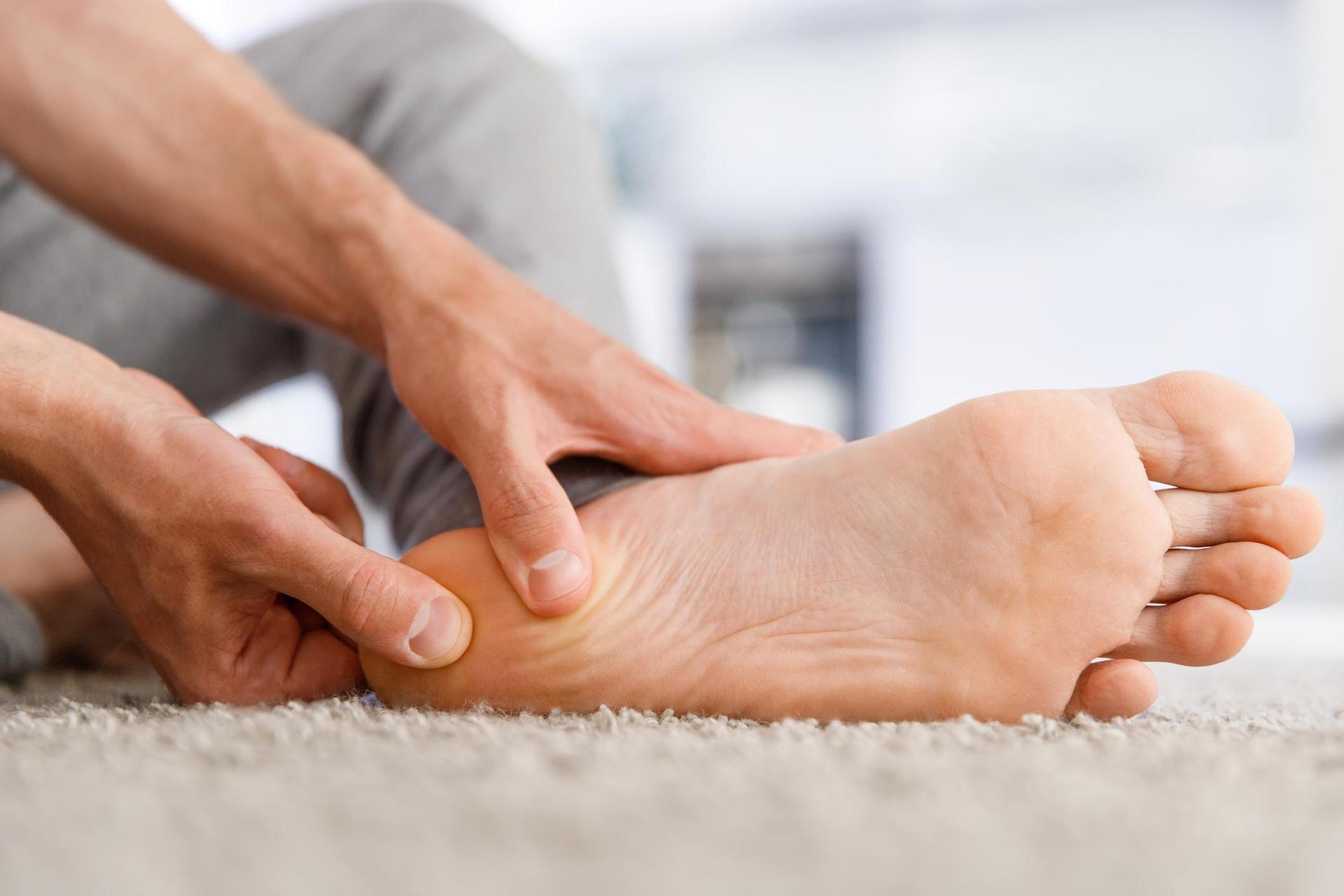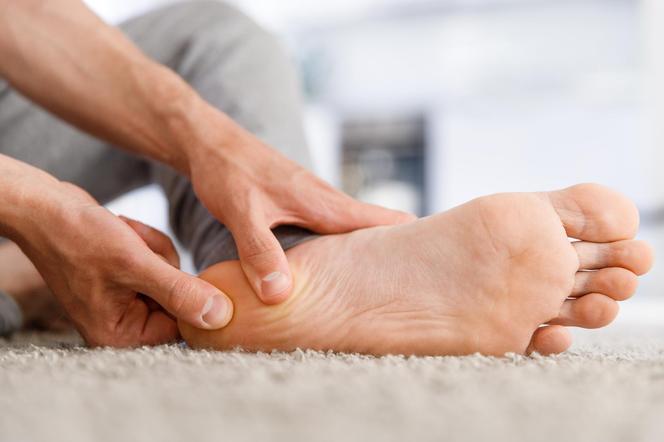
We do not always know how to properly identify existing skin problems. Especially what happens on the feet may escape attention or be misinterpreted. If we have a hard, rough and painful “something” on our foot, it is not always a callus. What could it be and what can be done about it?

What is the difference between calluses and corns?
Calluses – otherwise known as calli – they are creamy-yellow, circular or oval. These are characteristic changes on the feet that stand out from the rest and are not only unsightly but also painful. And, importantly, contrary to hope – they do not disappear on their own, and if left untreated, they may cause problems with walking.
Why do I callus calluses? The corns have a hard filling and are simply smaller. Calluses also affect older people more often. Statistically, every second person will have to face them at some point.
Calluses – causes
The cause of calluses, like most other changes on the feet, are poorly fitted shoes, of the wrong size, inappropriate width, uncomfortable or – which is often the cause of calluses – high heels.
Calluses also occur in patients with obesity, posture defects, foot defects such as flat feet or heel spurs, in people with joint diseases, rheumatic lesions, and even in the course of diabetes or circulatory system diseases. Sometimes calluses are the result of what should be good for us, i.e. intense physical activity on the legs, such as jogging or long trekking.
Calluses – treatment
How to effectively treat calluses and get rid of them for good? First of all, you need to find the causes of the problem and eliminate them first. Perhaps the source of the pain lies in ill-fitting shoes. It often turns out that the cause is simply not wearing socks.
Smaller and less painful calluses can be treated with ointments containing salicylic acid or lactic acid. There are also patches with salicylic acid. Although it is not always recommended to exfoliating socks may be helpful in this case.
READ ALSO: A simple trick for beautiful feet. It will even help in the fight against mycosis
In the fight against calluses, you can also use baking soda and, after dissolving it in water, practice foot baths. It is also worth remembering to use creams every day, including: based on the mentioned acids – lactic or salicylic acid, or with the addition of urea. Pumice stones, sanders and scrubs can also help keep your feet healthy.
If the calluses are large, painful and “grown” over the years, it may turn out that you need to visit a podiatrist who will help you deal with the problem. In some cases, laser or surgical treatments are used. Sometimes a podiatrist helps you choose the right shoe inserts, which changes the position of the foot and reduces the risk of callus recurrence.
